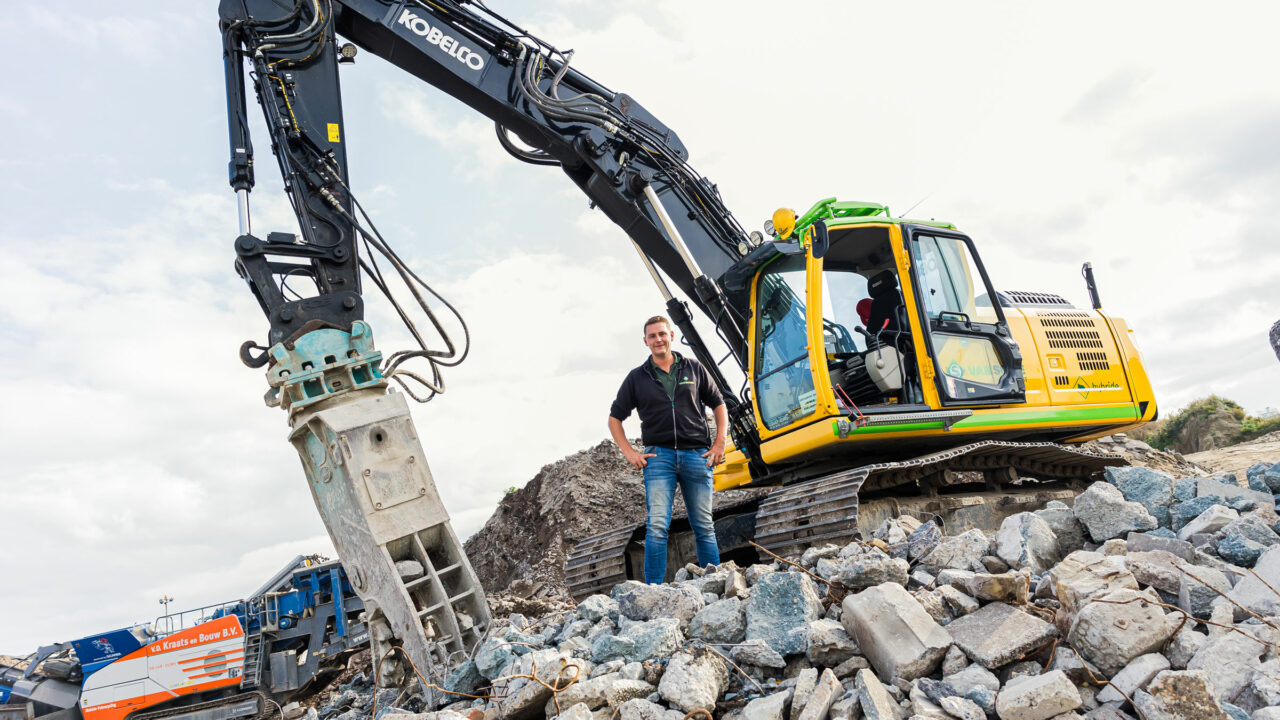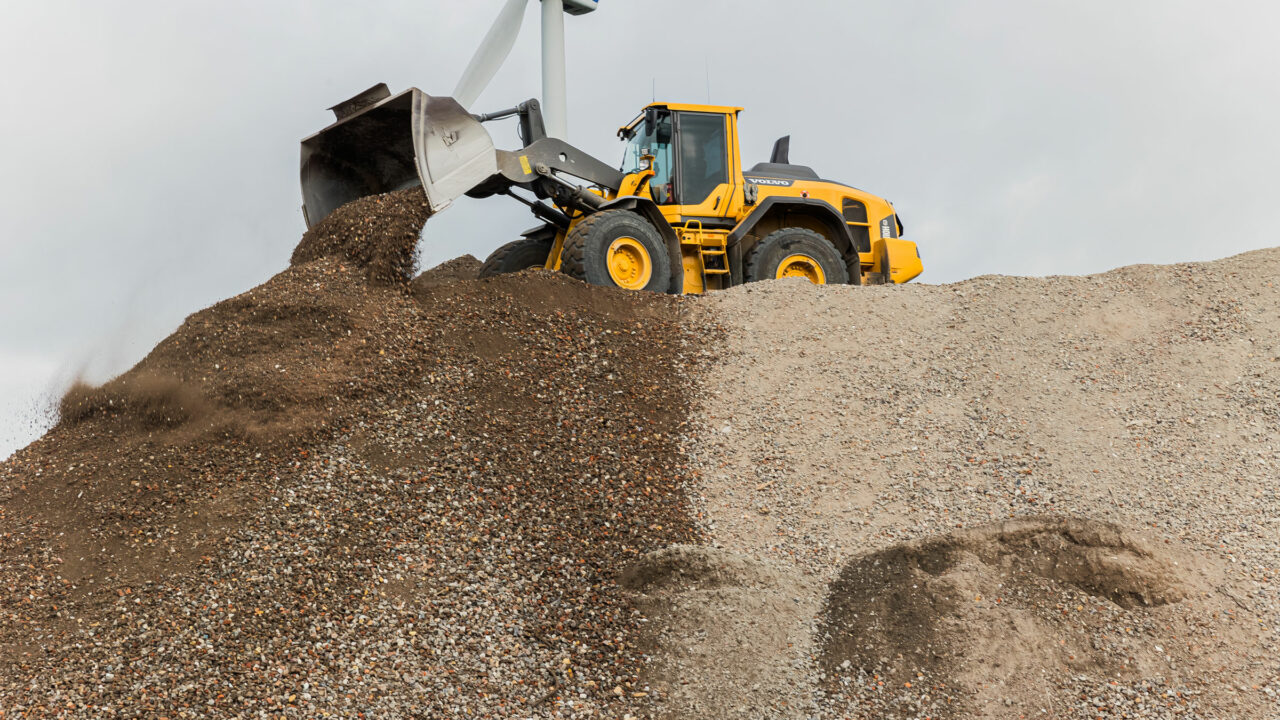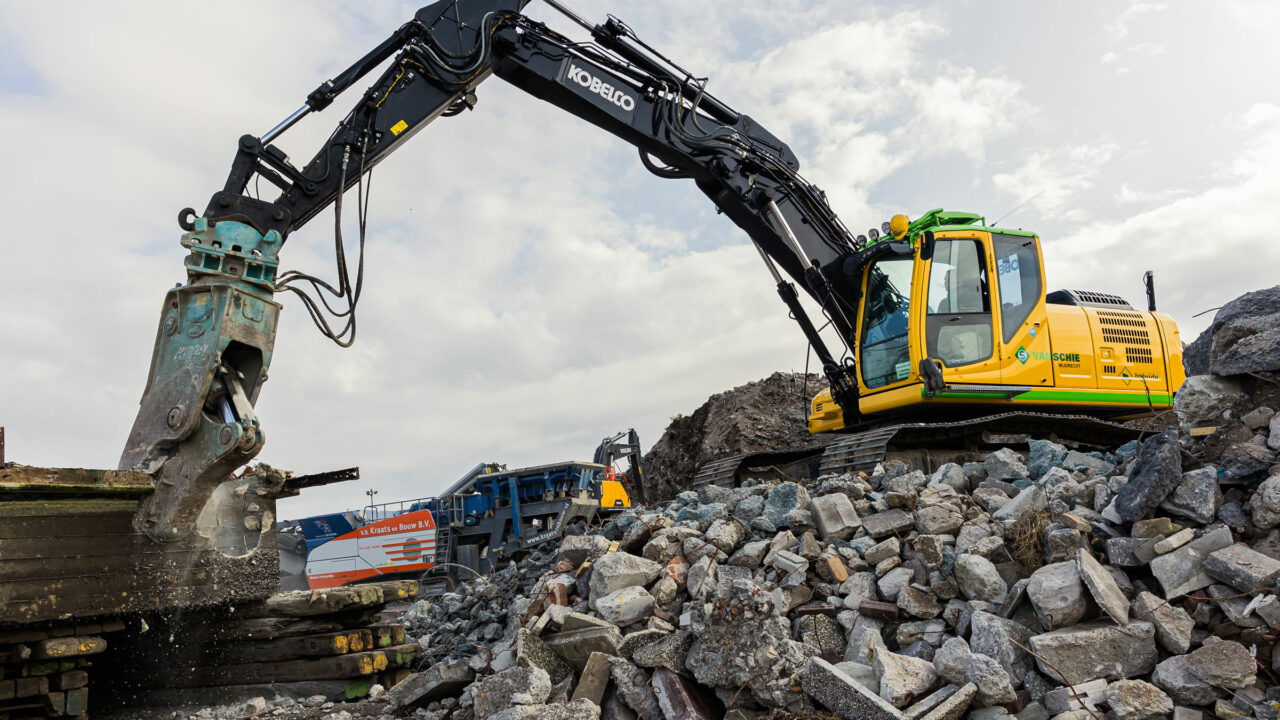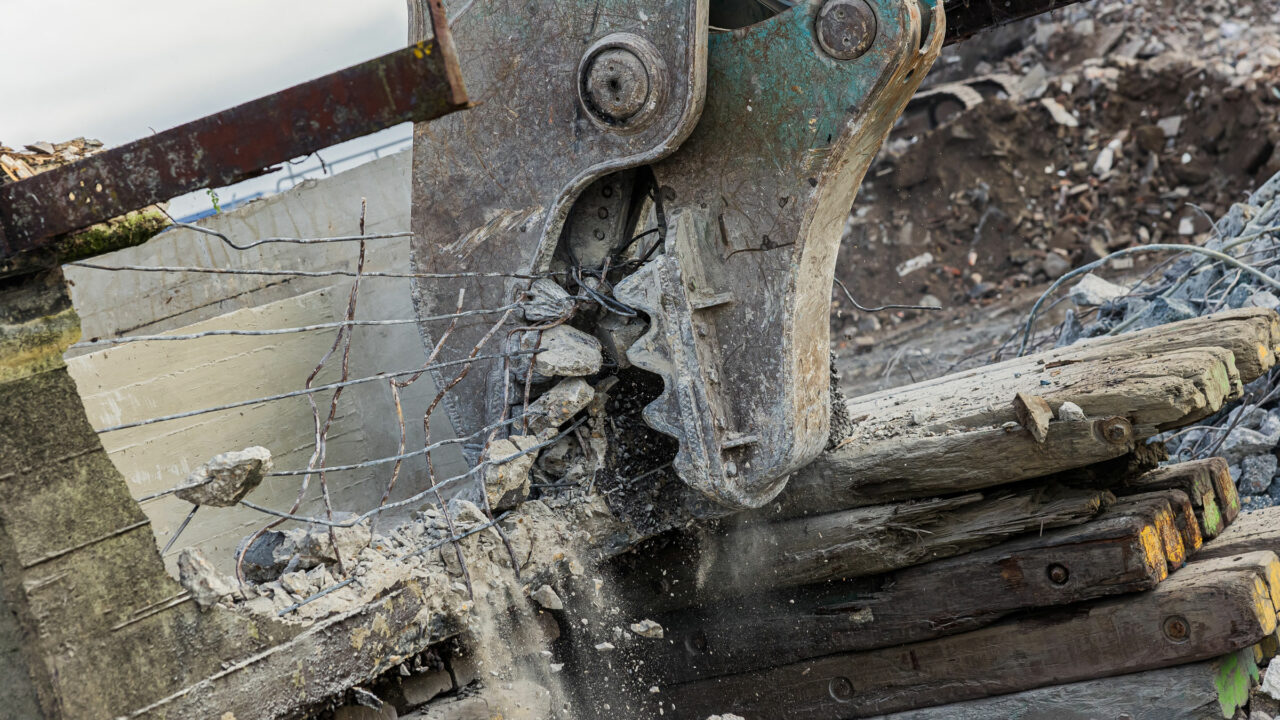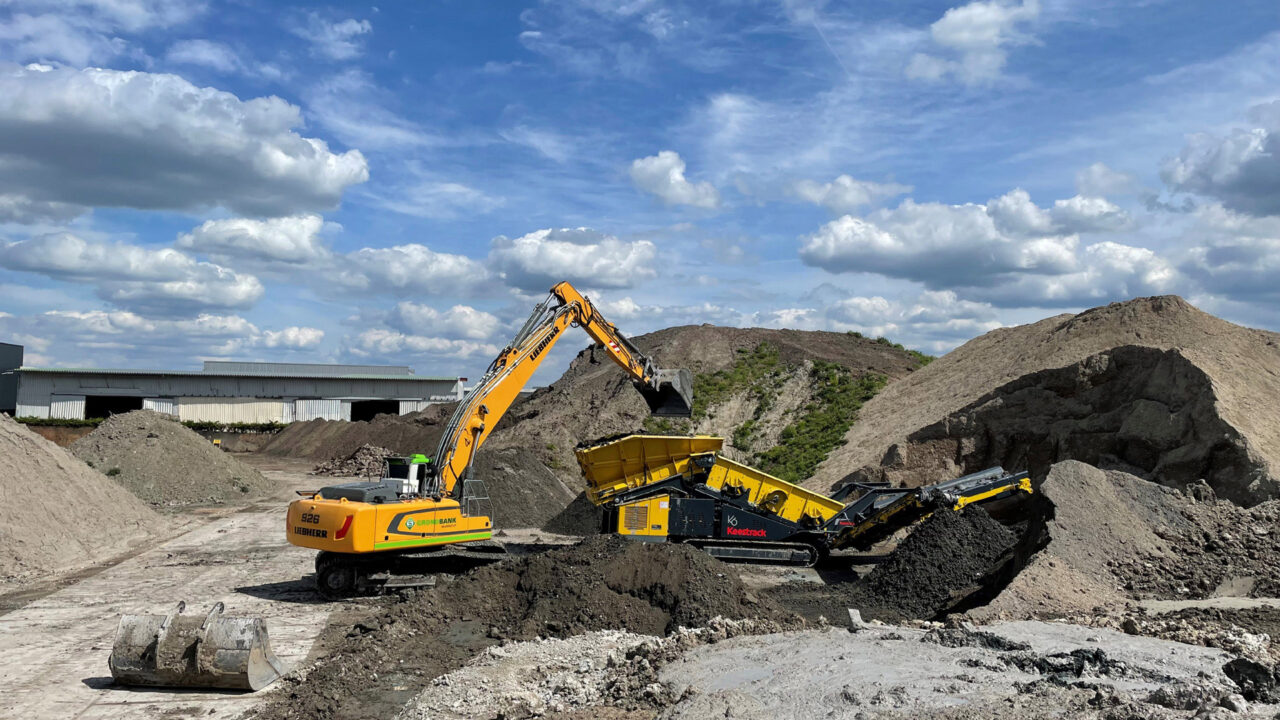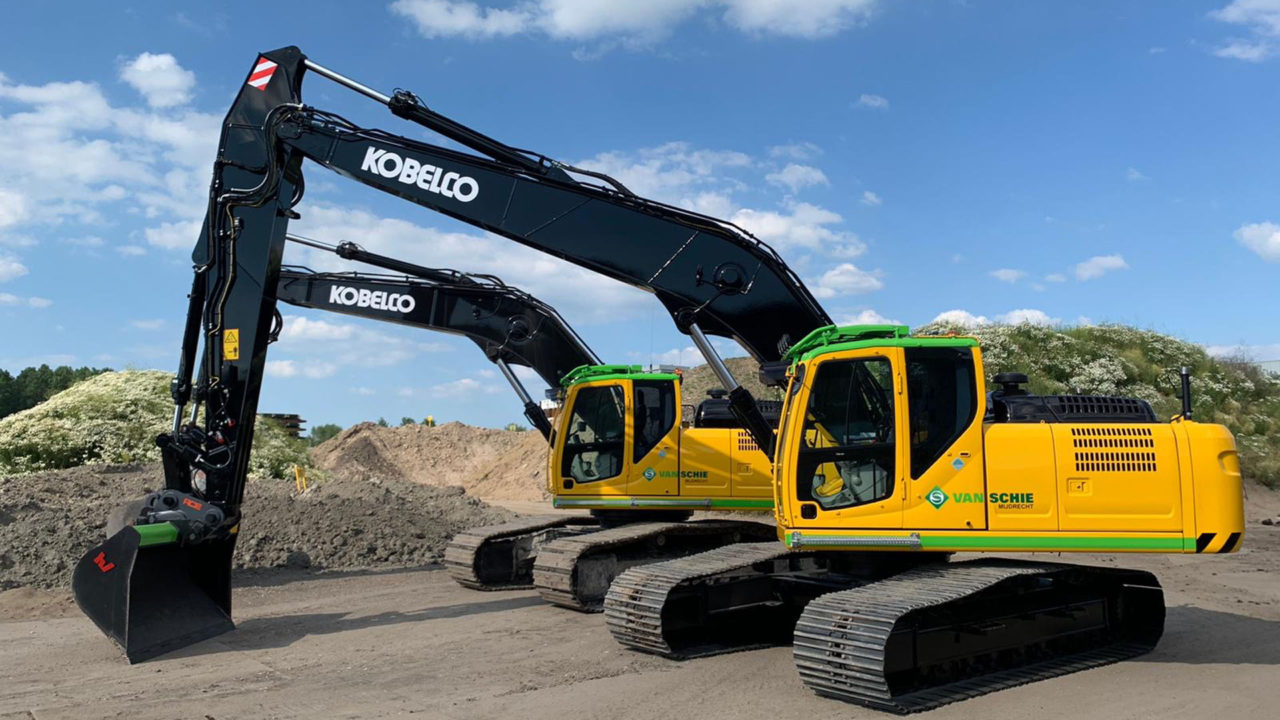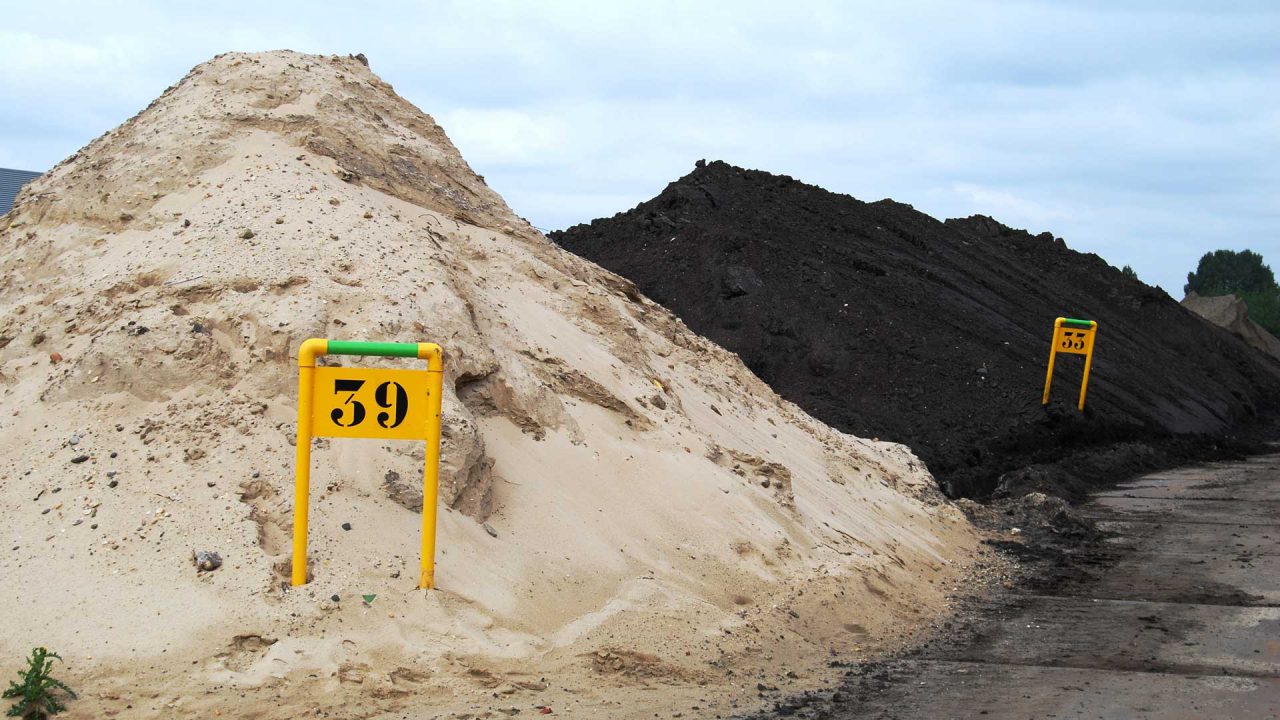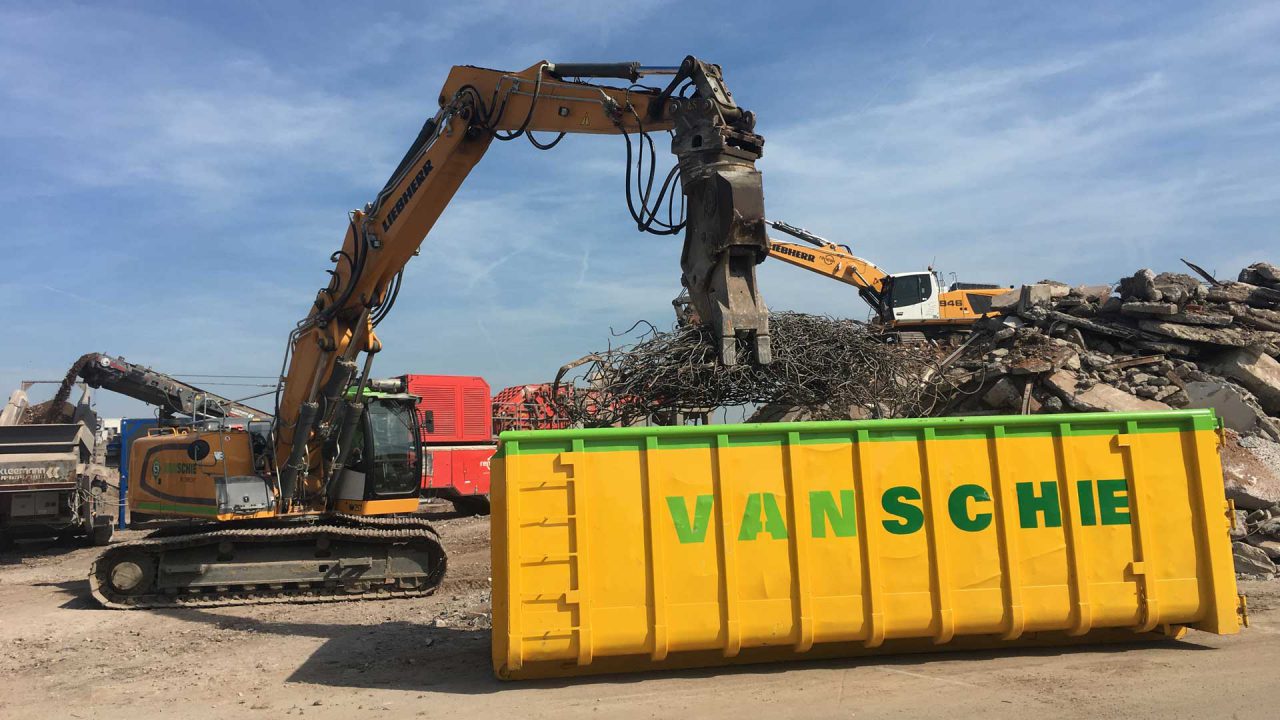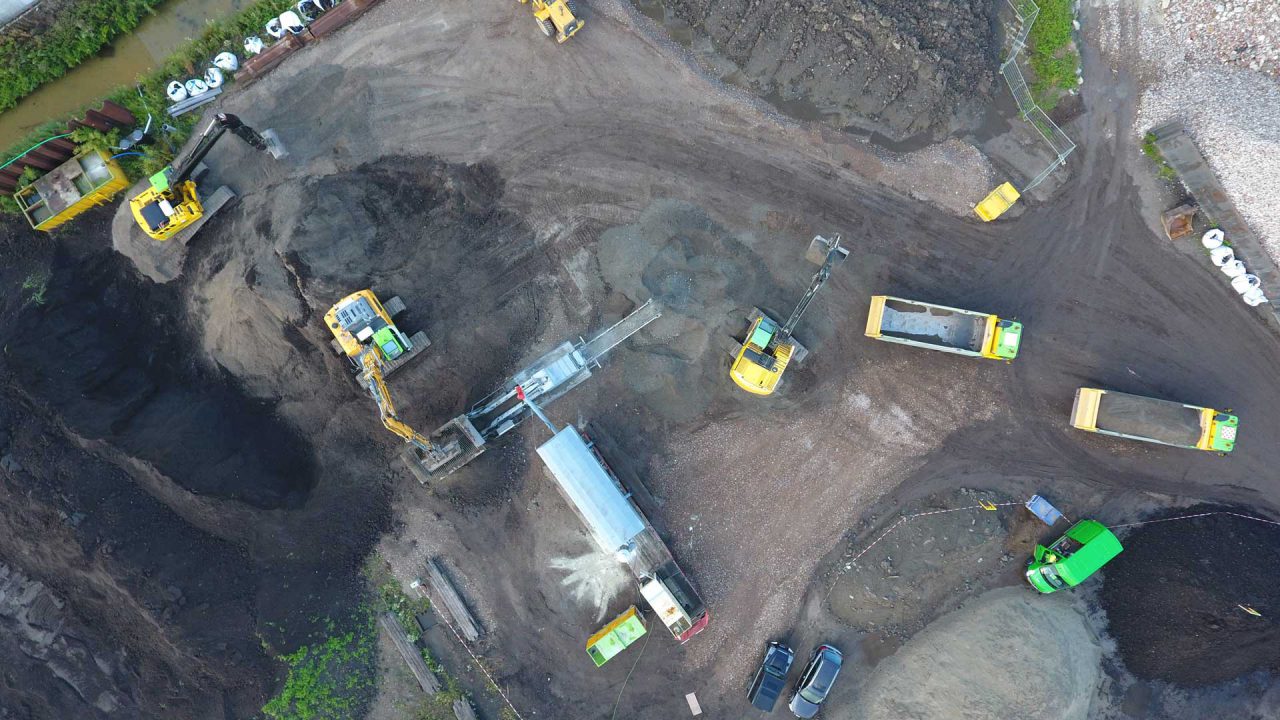Van Schie’s soil bank is called Grondbank Mijdrecht. And that’s where we take your greenery, sand, debris and dredging. Whether it is contaminated or not, we always make sure it gets a new, clean and responsible use. For raising roads, for example. Or for protecting land when road plates are placed…. There are numerous solutions where your leftover gets a very practical and clean use. Of course, all according to strict rules and by our certified team that is one of the few in the Netherlands authorized to remove soil, transport it, assess its quality, store and transship it and sell it.
Earth and environment
Ground Bank
Stringent environmental regulations. Friendly solutions.
Debris, dredge, clean and contaminated soil that you want to get rid of, we turn it into clean, reusable material. Very green, convenient and cost-saving in recycling applications.
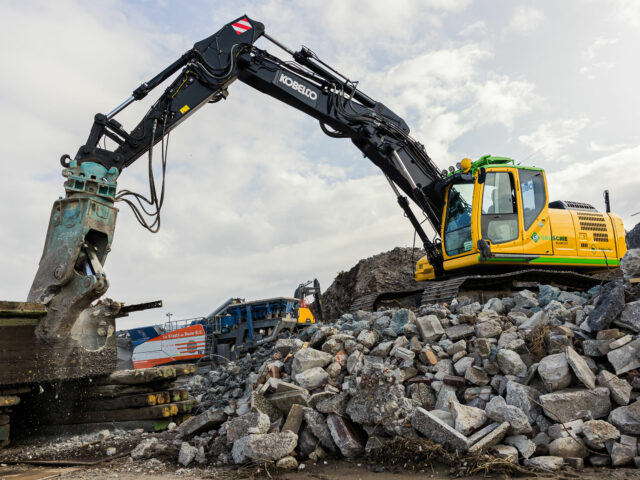
Explanation of materials you can submit
Debris
Debris from demolition activities consists of loose pieces of stone or concrete that usually cannot be directly reused. For example, because mixing with soil is not possible. Van Schie’s soil bank takes in rubble, inspects it, crushes it and converts it into the building material mixed granulate (also called repac, pellet or crushed rubble). We frequently apply this when creating new road foundations and other embankments.
Contaminated soil
Each batch of soil is sieved and sampled after intake. If this shows that the soil is contaminated, it cannot be reused (directly). We help you with these issues because Van Schie is certified to handle contaminated soil as well. After cleaning, the soil can be used again as construction material, whether in your own work or not.
Dredge
Dredged material, unlike soil, has no structural or civil strength. Dredged material is first aged and then inspected. From the measured chemical parameters, based on the Soil Quality Decree, your dredge is classified into 4 classes. After establishing the class, it can be further processed or converted into building material that is used in construction, for example.
The four classes are:
- Class “clean” (<background value, applicable everywhere)
- Class A (applicable in most cases, with light application conditions)
- Class B (elevated parameters, more stringent application conditions)
- Class highly contaminated dredged material (exceeds the intervention value, not applicable and must be cleaned or disposed of)
Legislation and guidelines such as the “Soil Quality Decree” establish that the applicability of soil and dredged material depends on the quality classification of the receiving soil. This means that an area must be classified as, for example, use class industrial and the subsurface quality present must also be at least class industrial or dirtier. When this is the case, class industrial soil may be applied. When more than 50 m³ of soil and/or dredged material is applied, it must be reported nationwide, at least 5 days before commencement. In addition to performing the work, Van Schie can also advise and organize according to laws and regulations. And thus process the right soil and dredged material in the most economical way possible.
Party mediation
In addition to taking in and issuing waste and building materials from the land bank, Van Schie also does land lot mediation. If you have soil or dredged material left over or in short supply, Van Schie will help you.
Certified
Van Schie is certified in the following areas:
BRL 7000 for scope protocol 7001, 7002, 7003 and 7004; Assessment guideline for the process certificate execution (water) soil remediation.
BRL 9335, protocol 9335-1; Certificate for the inspection of individual batches of soil within the framework of the Soil Quality Decree.
BRL 7500; Assessment guideline for the process certificate treatment of contaminated soil and dredging spoil.
Green recycling
You can also come to Van Schie with your green waste. Apart from GFT, we accept all types of green waste, from tree trunks to flowers and grass. Each year we receive over 7,000 tons of green waste. This volume is shredded by us and what remains we apply to the wetlands. Under a roadway, for example. In this case, the greenery will be spread out on pastures and then driving plates will be placed on top. It is also used to seal holes behind shoring. Circular use, in other words.
Debris recycling
New construction and remodeling release large amounts of debris. We take that debris gladly and properly at Van Schie to then recycle it. To do this, we crunch your debris into processable pieces, separate any metals that may be present and put it through the crusher. Further contaminants are separated on a sorting belt, leaving the final product mixed granulate, also called repac, pellet, or crushed rubble. Among other things, the mixed granulate is used again in the creation of new road foundations, as well as in many forms of site paving. So recycling is good for the environment. Good for your project!
Get advice
Want to know more about the land bank? Then fill out the form below, we will respond as soon as possible. Do you have questions and prefer to discuss them in person? If so, feel free to call our expert.
- Symon Oevering
- Project Manager Environment
Feel free to drop by for a cup of coffee!
Call us at 0297 – 237537 or email us at info@vanschie.com.


